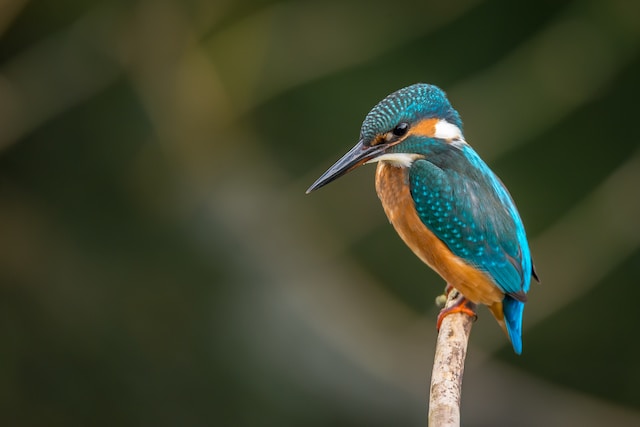Living conditions in the mountains are very different from those on the plains. The climate changes rapidly as you climb the mountains: the temperature drops, the amount of precipitation increases, and the air becomes more thin. The nature of vegetation also changes from the foot of the mountains to the peaks.
The natural conditions in the mountains change not only with altitude, but also when moving from one slope to another, sometimes even to an adjacent section of the same slope if it has a different position relative to the parts of the world, a different steepness, or is otherwise open to the wind. All of this creates an extraordinary diversity of living conditions in areas of the mountains close to each other.
Even in ancient times, people paid attention to the annual flights of birds. This phenomenon in the life of nature is really very interesting. With the onset of autumn cold, many birds that lived in our forests and fields in summer disappear and others appear that we did not see in summer. And in the spring, the birds that disappeared in the fall will reappear.
Migratory birds usually fly low: large species – no higher than 1000 m, medium-sized – no higher than 300 m. Many small sparrows fly very low above the ground. The flight height depends on the conditions: birds fly lower in a headwind, heavy cloud cover, rain and fog.
In order not to get lost in flight, especially at night, many birds make unusual sounds, scream and even sing. In addition, the bird uses its voice as a “sonar”. With its very fine hearing, the bird picks up sound reflected from objects. That is why it does not bump into trees or rocks in the dark and may even determine its height above the ground.
Scientists study bird flights. First of all, direct observations help science in this. By setting up several observation points on the seashore where flocks of birds fly, it is possible to determine the speed of flight of flocks and the number of birds. Observations also help to establish the dates of arrival in spring and departure in autumn. In addition, bird banding gives very good results.
Science has been studying bird flights for a long time, but there is still a lot of unexplored natural phenomenon. Ornithology, the science of birds, bases its conclusions about flights on the comparison of many individual observations. Every youngster can observe bird flights and note something valuable for science.



